Description
The Progress of Civilization; Hunting, Herding, Agriculture by Kenyon Cox printed on a Sweatshirt
About the Sweatshirt
Regular fit
Standard length, the fabric easily gives into movement
Comfortable
The fabric and fit of this item are extra comfy
Tear-away tag
Easily removable tear-away tag that allows you to add a custom inside label
This Unisex Premium Sweatshirt has a classic crew neck, flattering unisex fit, and soft 100% cotton exterior.
- 100% cotton face
- 65% cotton, 35% polyester
- Charcoal Heather is 55% cotton, 45% polyester
- Fabric weight: 8.5 oz./yd.² (288.2 g/m²)
- Tightly knit 3-end fleece
- Side-seamed construction
- Self-fabric patch on the back
- Double-needle stitched rib collar, cuffs, and hem
- Tear-away label
Kenyon Cox (1856-1919)
Kenyon Cox was an American painter, illustrator, muralist, writer, and teacher. Cox was an influential and important early instructor at the Art Students League of New York. He was the designer of the League’s logo, whose motto is Nulla Dies Sine Linea or No Day Without a Line.
He was born in Warren, Ohio, the son of Jacob Dolson Cox and Helen Finney Cox. As a young adult, Cox studied art at Cincinnati’s Art Academy of Cincinnati (formerly known as the McMicken School of Art), but soon became aware of the lack of opportunity and artistic presence in Cincinnati. After visiting the Centennial Exposition in Philadelphia, Kenyon decided that Philadelphia and the art academy there had much more to offer him than Cincinnati did. Kenyon enrolled in the Pennsylvania Academy of Fine Arts hoping to receive better instruction and eventually secure for himself a way to study in Europe.
Cox’s art was very different from the cubist, neo-impressionist, fauvist, expressionist and modernist styles that emerged during his lifetime. He advocated careful drawing and modulated color, and he frequently used allegory and symbolism to present his ideas. Kenyon Cox painted in the realistic manner and earned a reputation for landscapes, portraits and genre studies. His idealized nudes and traditional treatment of classical themes had little in common with the popular avant-garde art of the day.

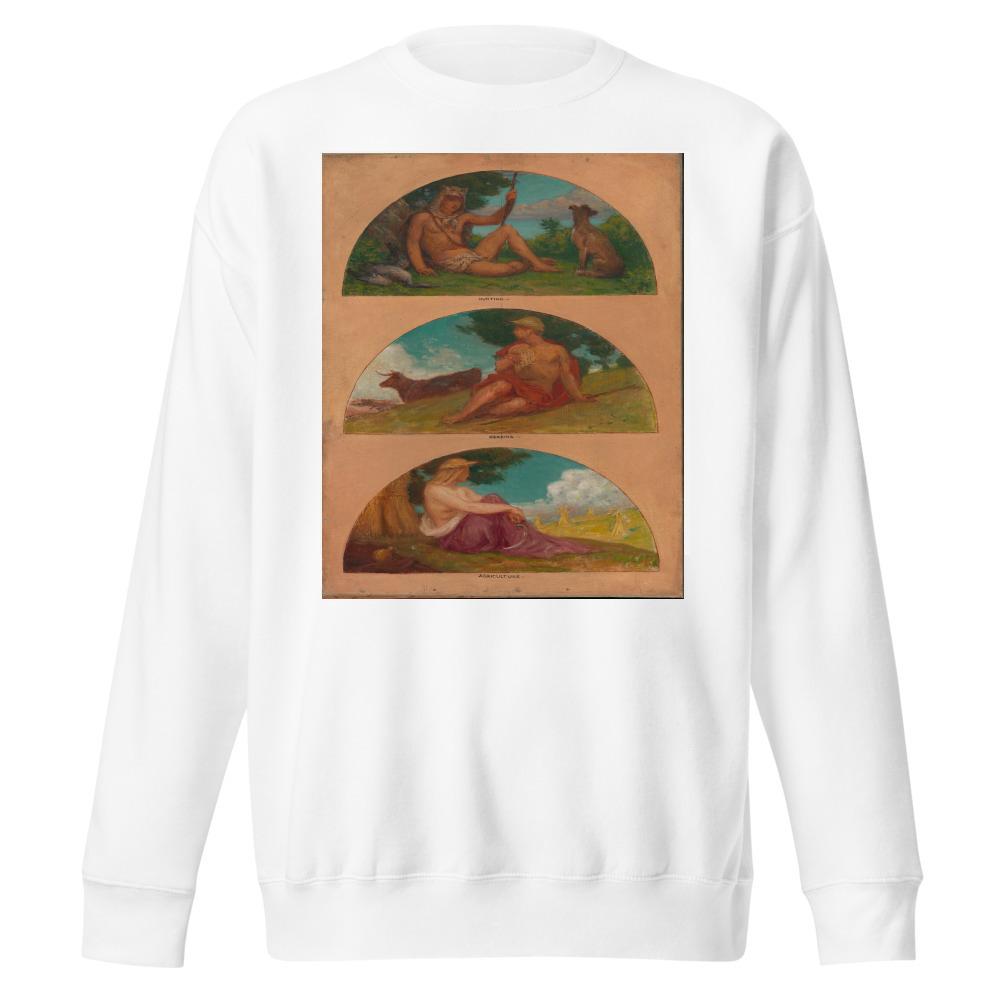
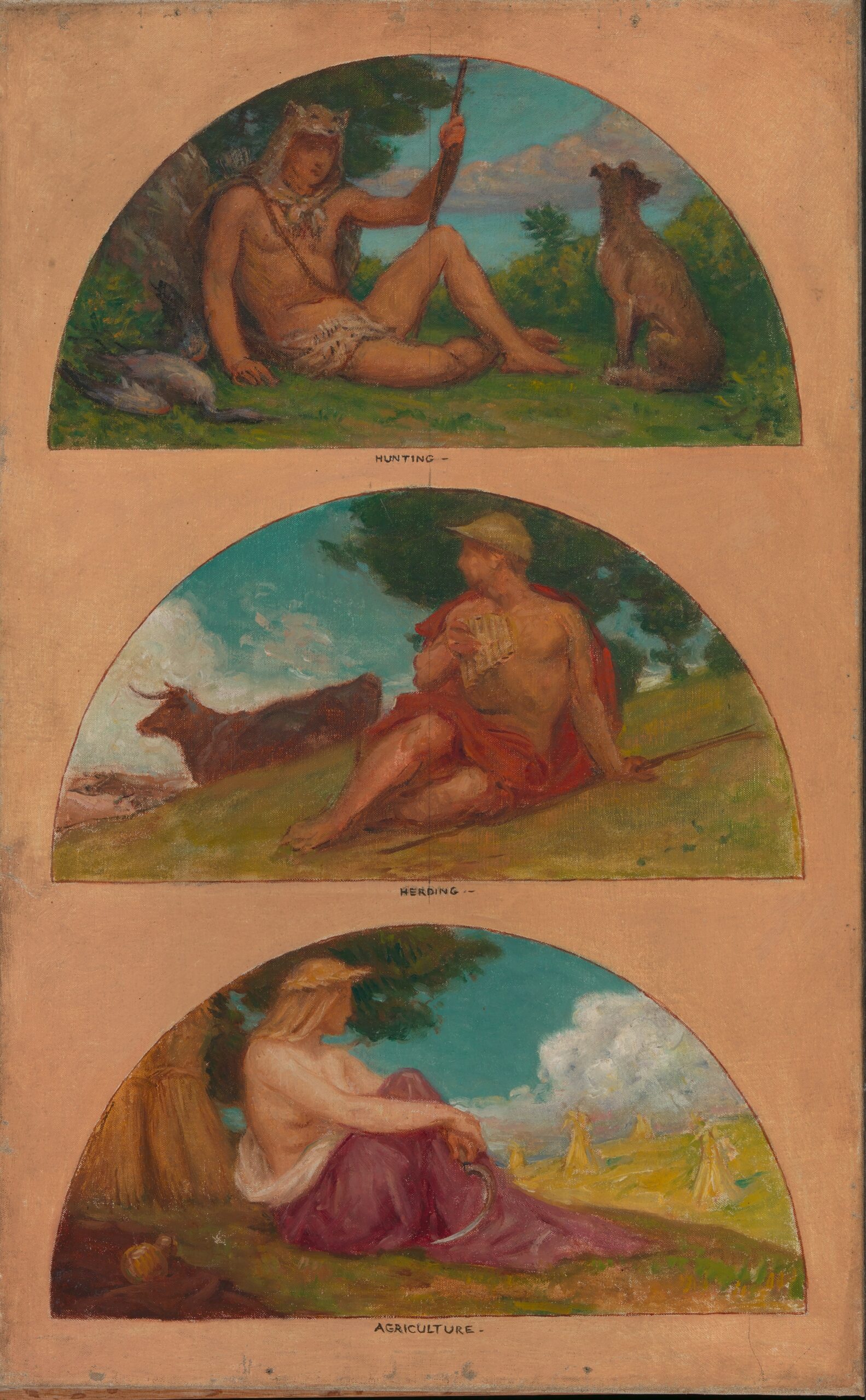
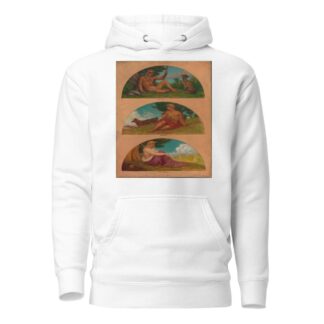
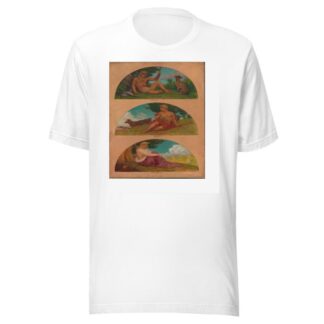
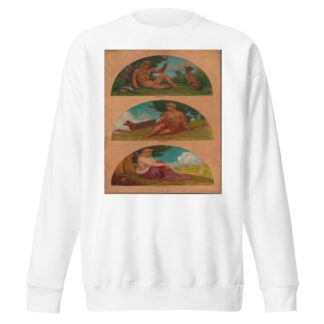
Reviews
There are no reviews yet.